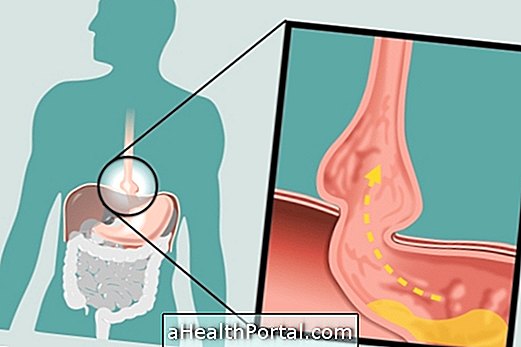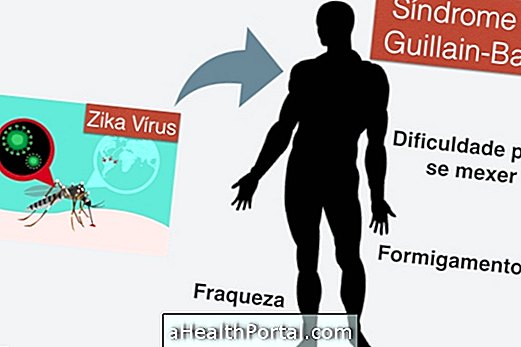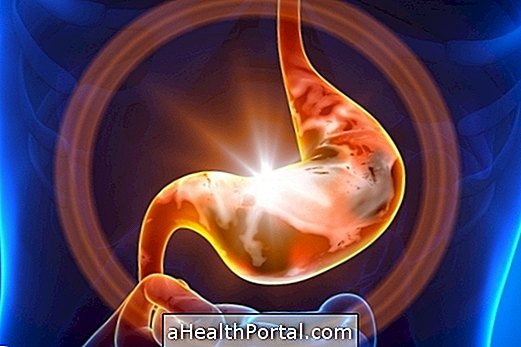An emotion is the way a person reacts to a particular situation and manifests himself by crying, laughing, trembling, blushing or even fainting, for example. Human emotions can be positive or negative according to the situation and are innate or learned through living with other people.
However, while emotions are a way of expressing feelings spontaneously, they can also be simulated or forced, and only humans have the ability to control emotions.
In addition, individuals express different emotions in the same situations, because the emotions are related to the temperament, personality and motivation of each individual.
Primary Emotions
Primary emotions are emotions that are present in all cultures and therefore are universal and are related to survival instinct such as fear, sadness, happiness or surprise.
Secondary Emotions
Secondary emotions are emotions resulting from the combination of primary emotions, and situations of the environment, which derive from living in society, such as shame, anxiety, cupa, pride, or jealousy.
Positive emotions
Positive emotions include happiness, love, gratitude, satisfaction and joy, for example, and bring about well-being, success at school and at work, better social relationships, and mental and physical health.
Negative emotions
Negative emotions such as fear, anger and heartbreak lead to behaviors focused on avoiding or coping with the threat.
Consequences of emotions
The different emotions are triggered by external situations and some reactions that manifest the emotions include:
- Bellyache;
- Cry or laugh;
- Trembling, especially the legs;
- Blush;
- Lose the voice;
- Feel the breath or heart racing.
Given the emotion and behavior that the person has, it is important for the person to learn to deal with the reaction, especially when it is negative. Learn How In: 4 Steps To Controlling Negative Emotions.
























